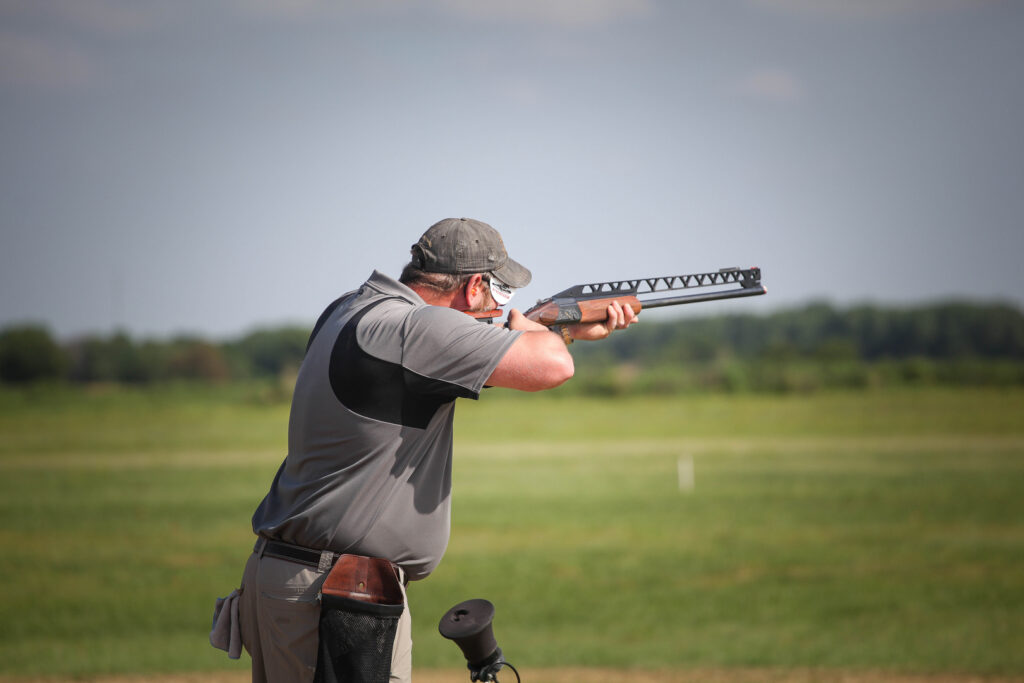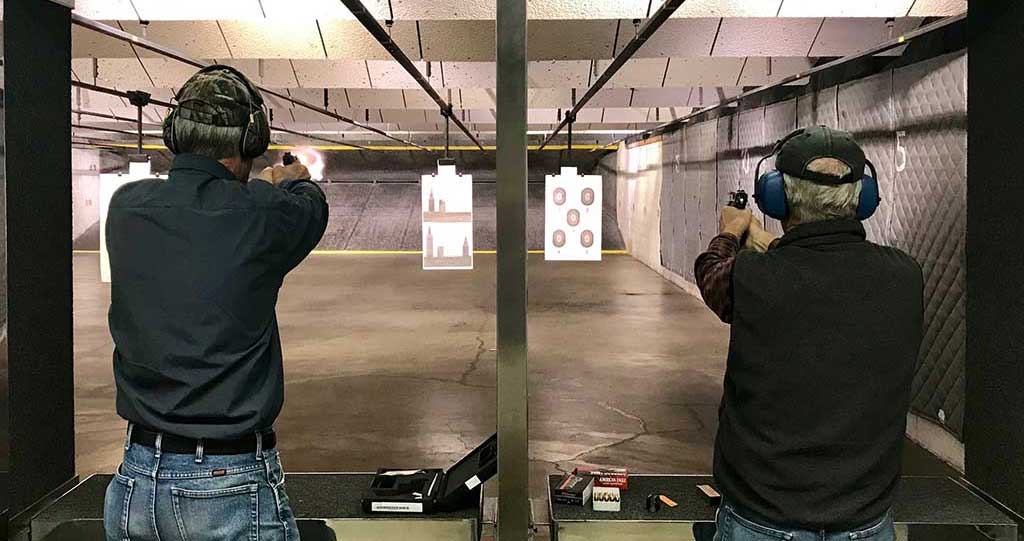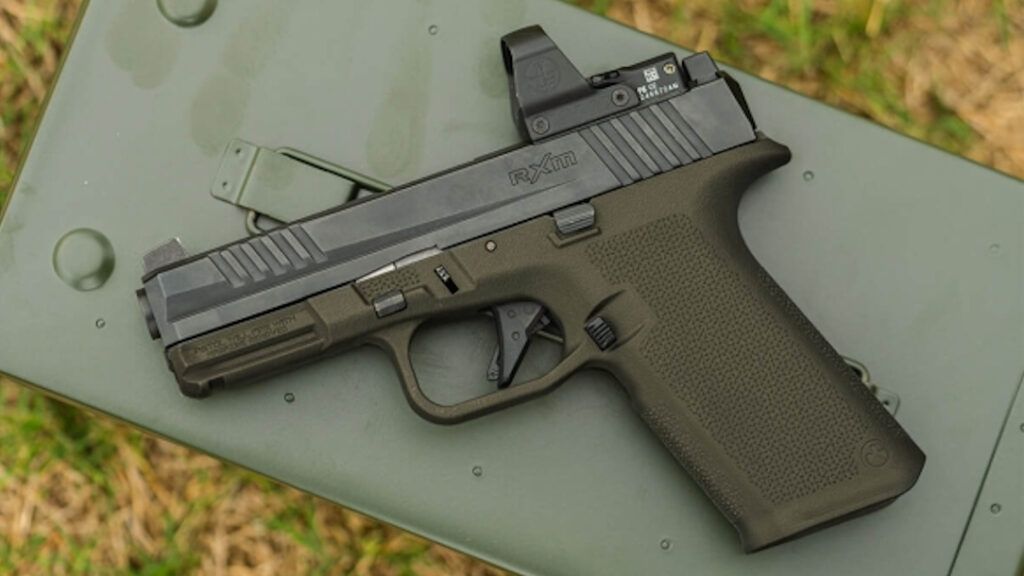 The purpose of range commands is to establish clear, concise, and standard methods of range operation in order to make things move efficiently and enhance safety. On a shooting range, in a firearms class, or in competition, commands are just that: commands! They are not suggestions or good ideas – they are words that demand a particular course of action. All action shooting sports have standardized range commands.
The purpose of range commands is to establish clear, concise, and standard methods of range operation in order to make things move efficiently and enhance safety. On a shooting range, in a firearms class, or in competition, commands are just that: commands! They are not suggestions or good ideas – they are words that demand a particular course of action. All action shooting sports have standardized range commands.
See video at NRA Tips & Tactics >
Here are some of the commands you may experience on a stage:
Advertisement — Continue Reading Below
- Make ready. You make get a sight picture. If the course calls for a loaded gun, insert a magazine and chamber a round. Engage the safety if your gun has one, and holster. Assume the start position.
- Shooter ready? You may acknowledge with a nod; make sure to respond if you are not ready.
- Standby. This indicates that the start command is coming. 1 to 4 seconds after standby, you will hear the timer “beep.” At this point you may start firing.
- If you are finished, unload and show clear. If you are done shooting, drop your magazine, rack the round out of the chamber, and show the range officer your empty chamber.
- If clear, hammer down; holster. With a pistol, after the range officer sees the empty chamber you should drop the slide, pull the trigger and holster the gun.
- If clear, hammer down, bolt open. With a rifle or shotgun, after the range officer sees the empty chamber you should close the bolt, pull the trigger and open the bolt again before slinging the gun and moving it to carrying position.
- Range is clear. The course of fire has ended, and you may move down range.
If something is wrong, you might hear:
- Finger. This means you have your finger inside the trigger guard. Take it out and place it straight along the slide.
- Muzzle. This means you are pointing your muzzle in an unsafe direction, most common is getting close to breaking the 180 of the course of fire. Immediately move the muzzle back down range and in a safe direction.
- Stop. Stop immediately and let the range officer walk you through unloading and holstering your gun before explaining what went wrong.
It can be easy to become confused in the fast-paced atmosphere of action shooting sports, which is why it is essential to make responding to range commands second nature. You can’t afford to make a mistake that will make you look foolish and compromise the safety of those around you.
SOURCE ARTICLE: https://www.agirlandagun.org/understanding-range-commands/
Advertisement — Continue Reading Below















